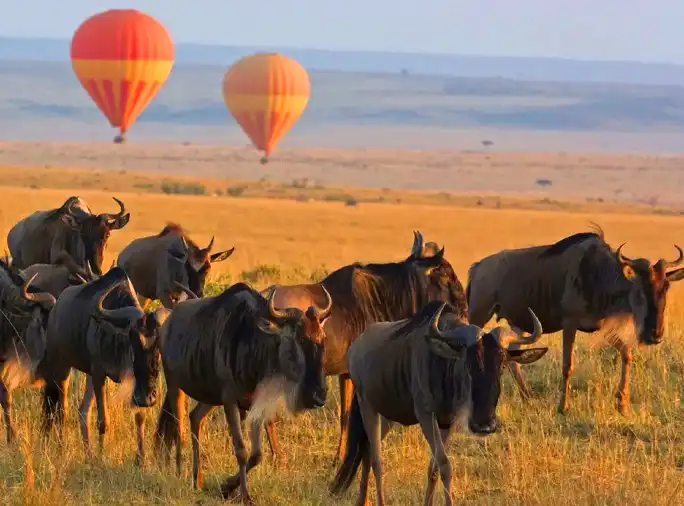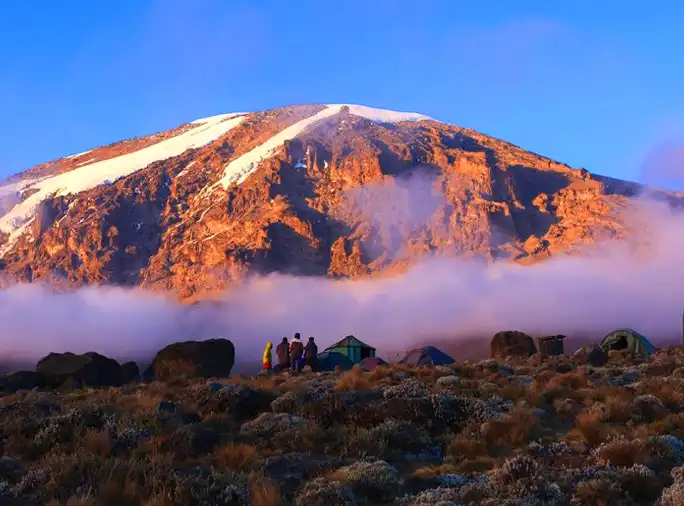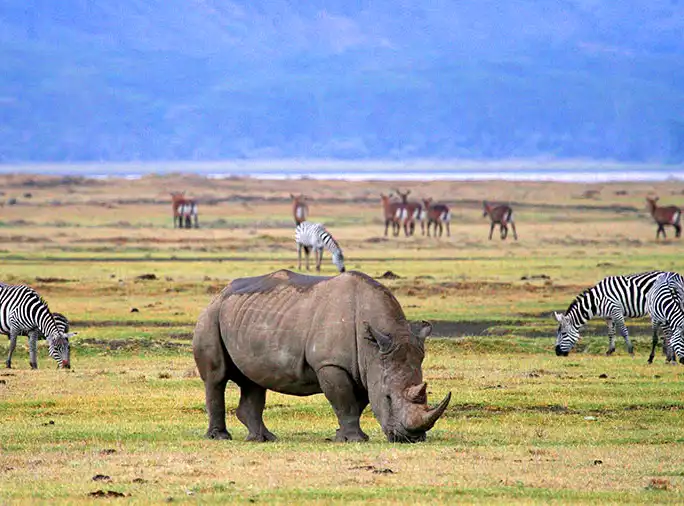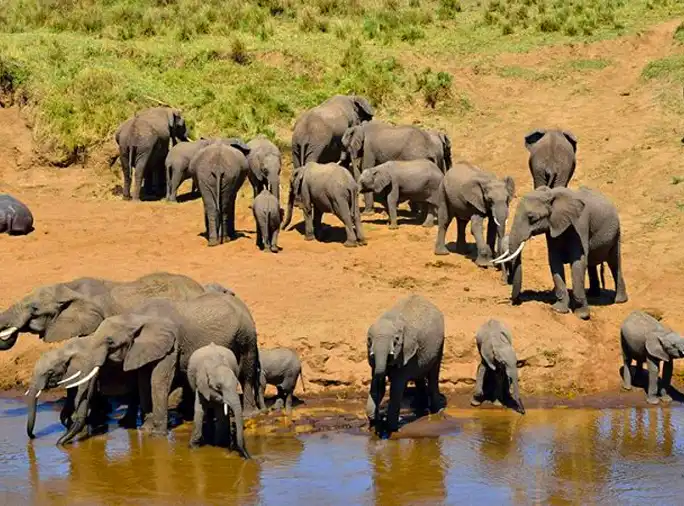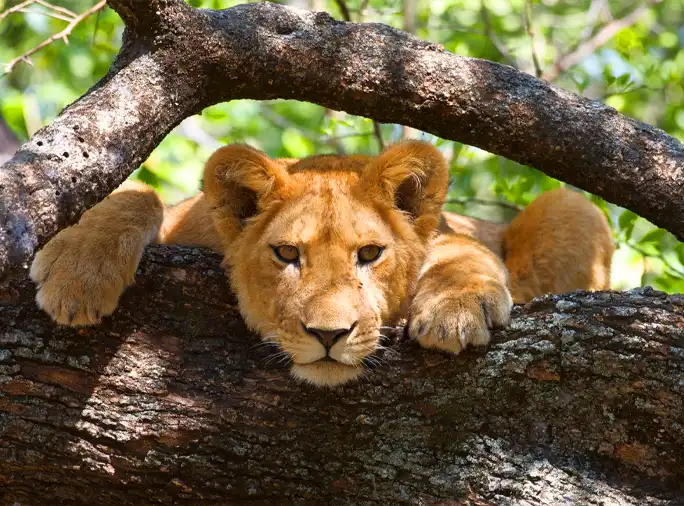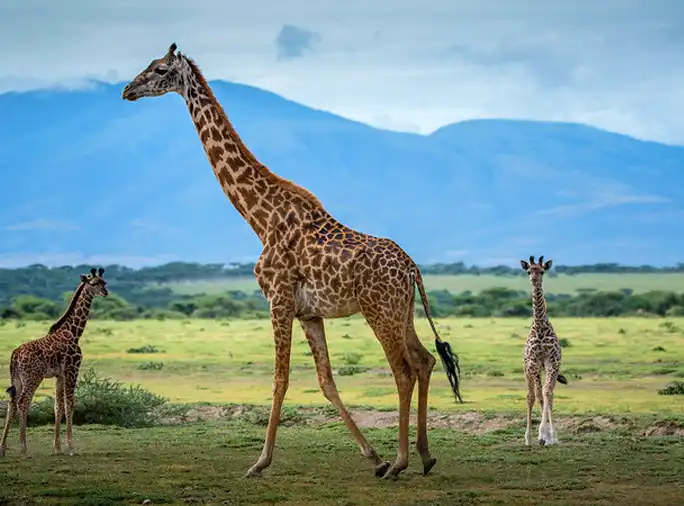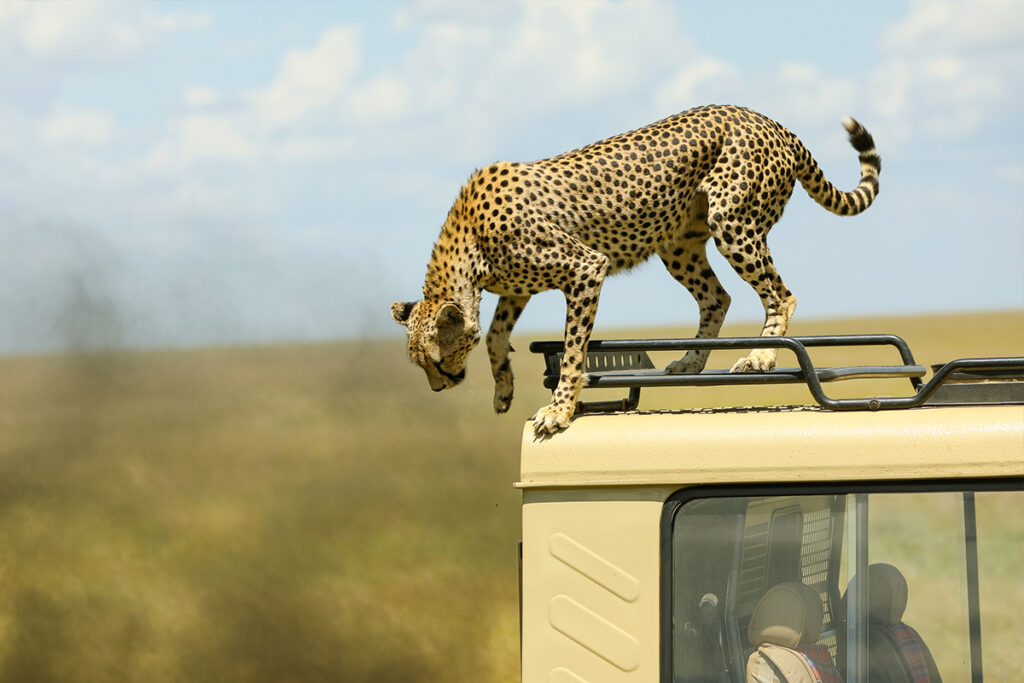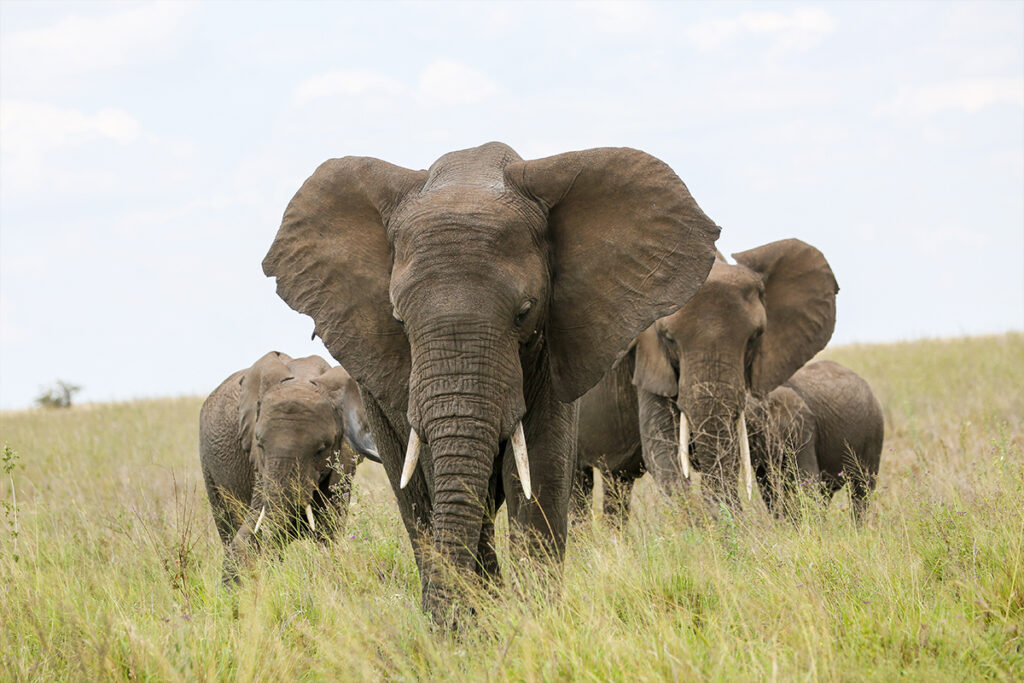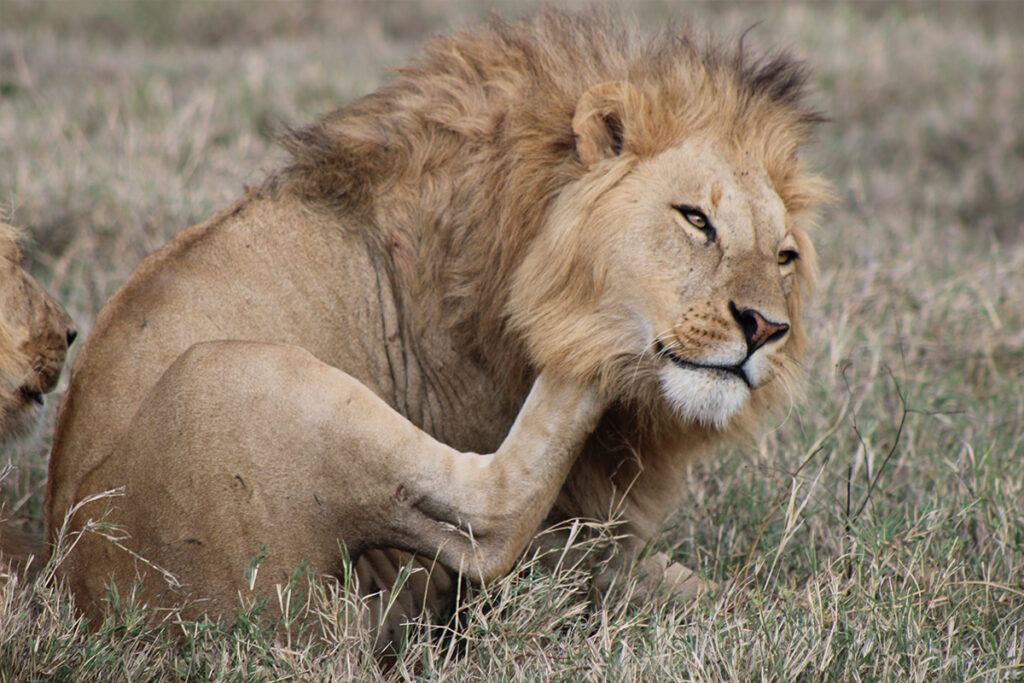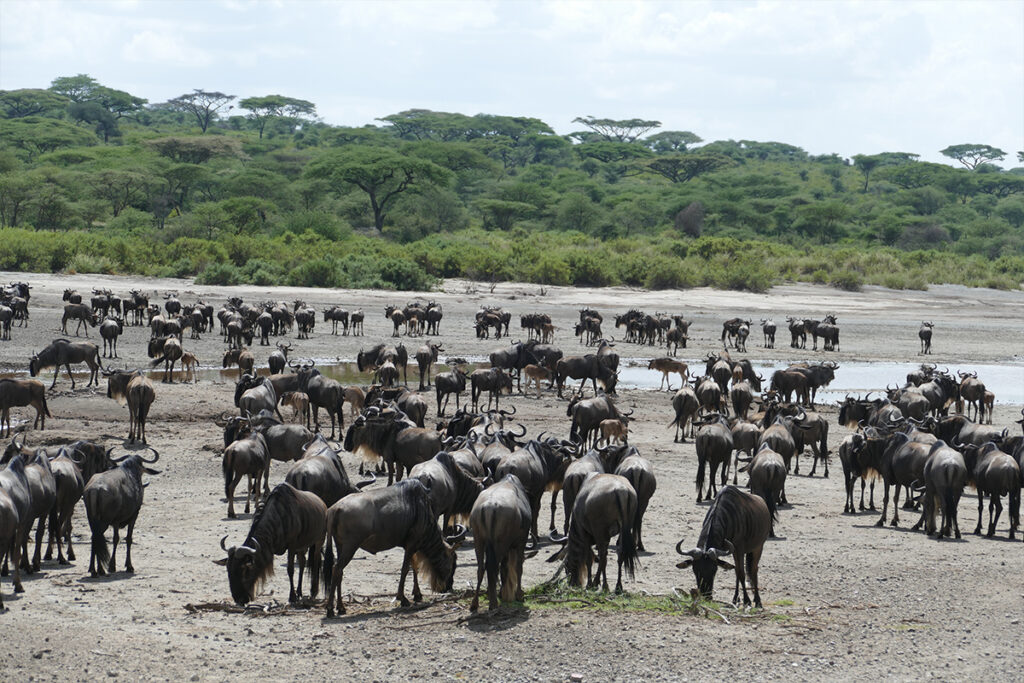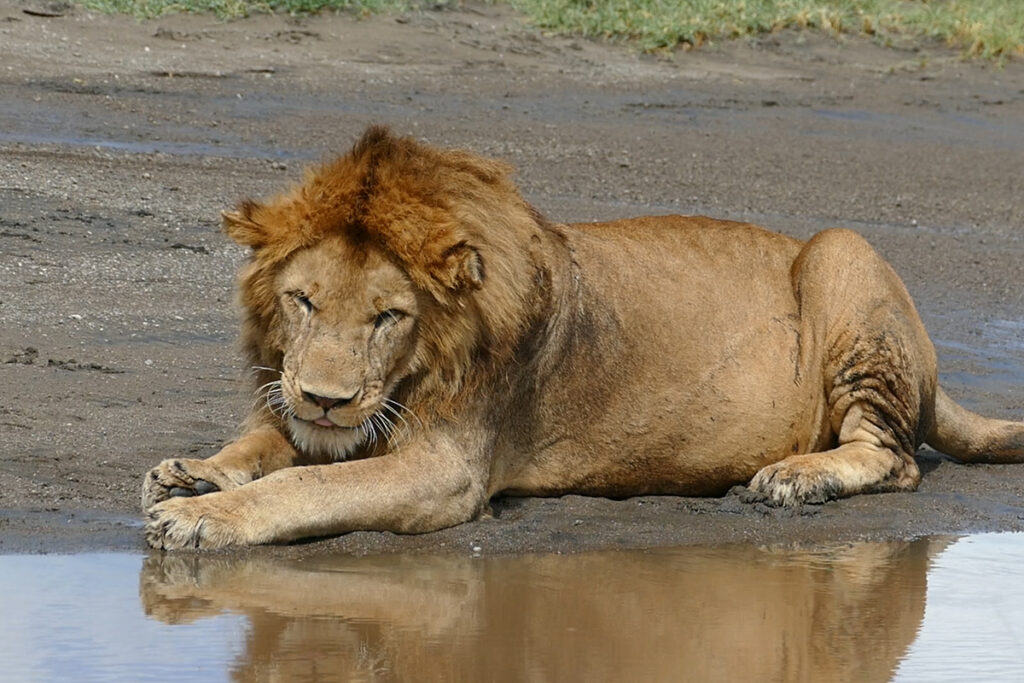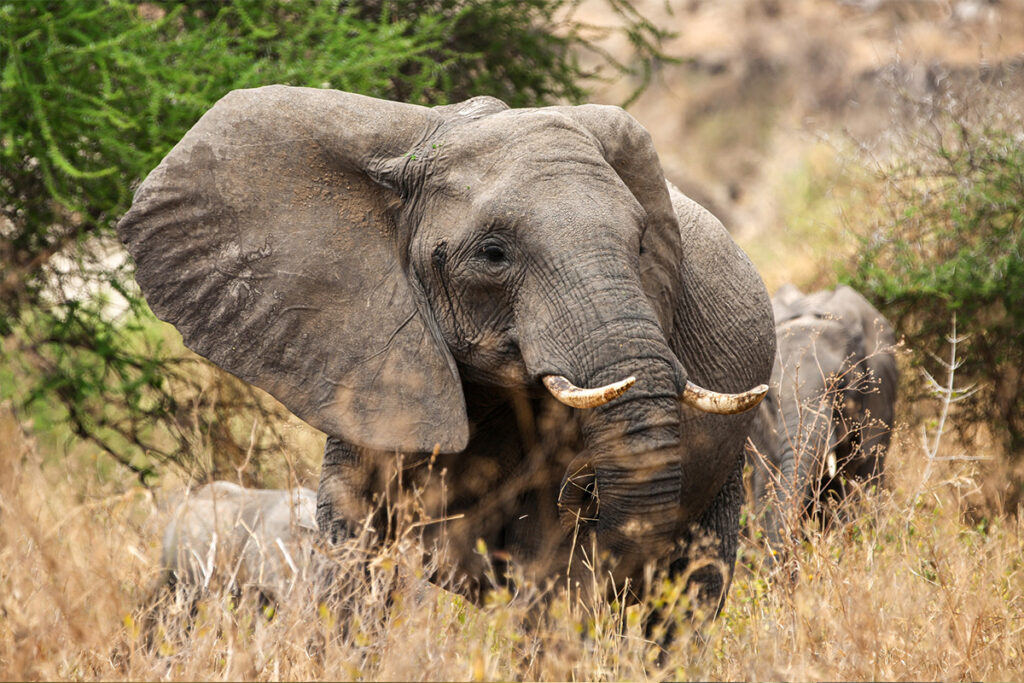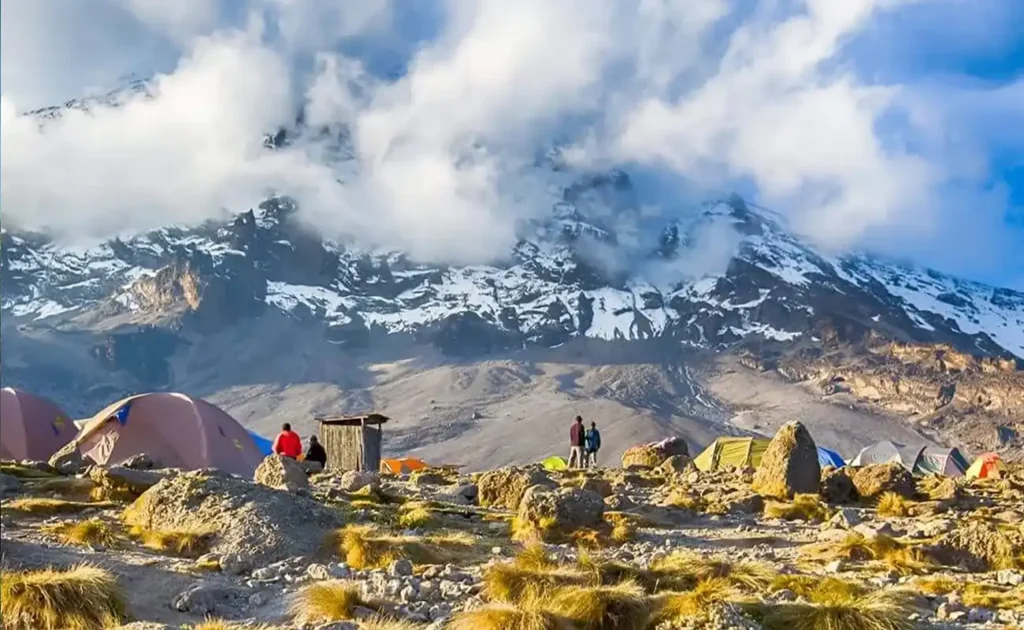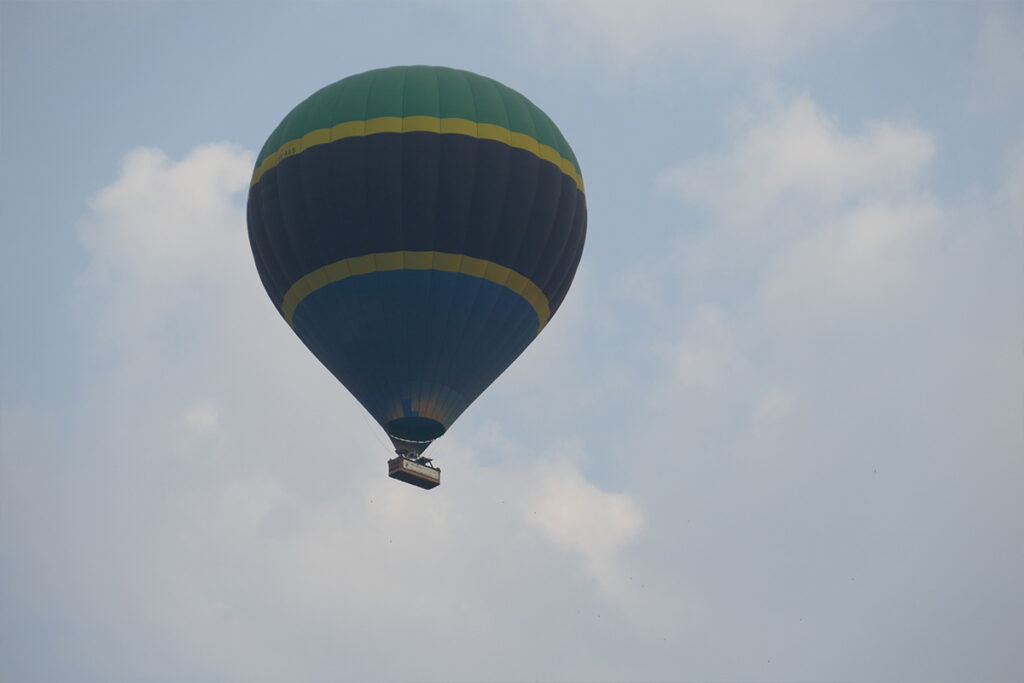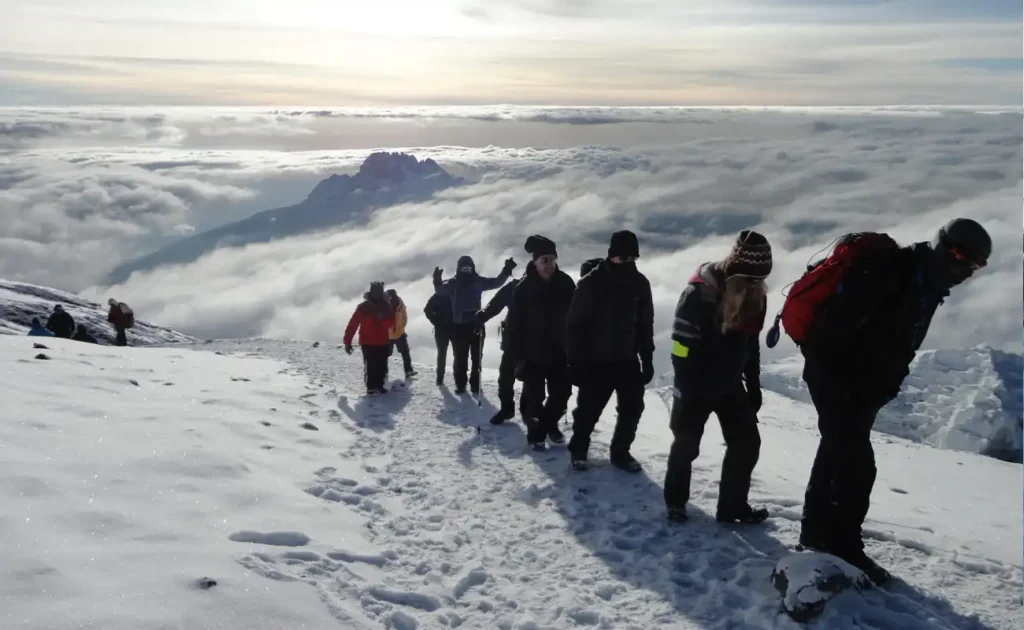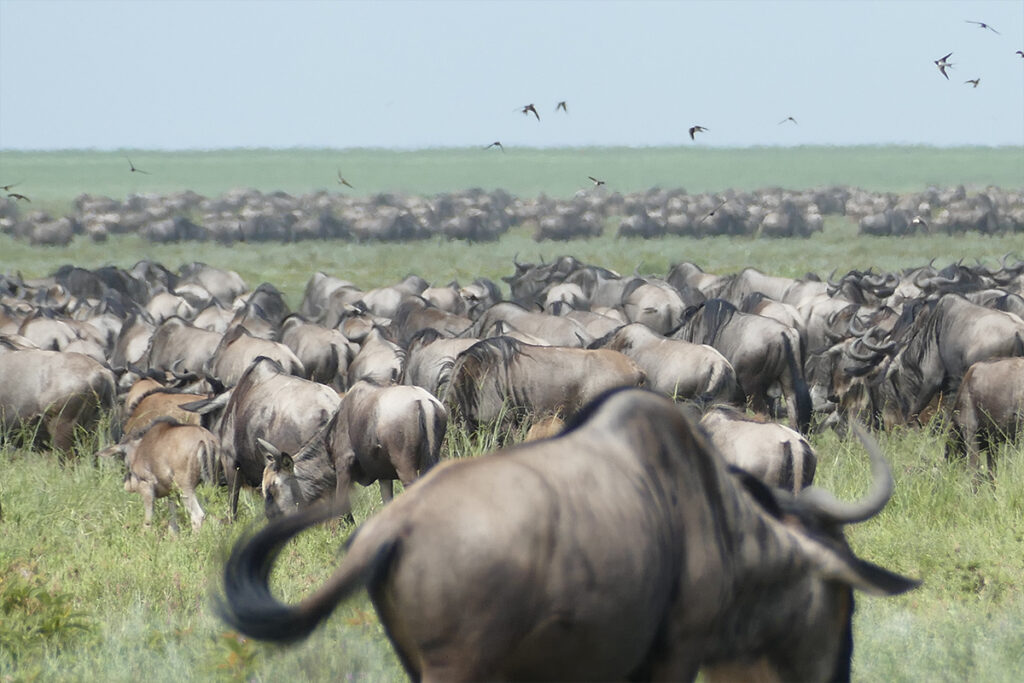Kilimanjaro Rescue: What You Need to Know for a Safe Climb
Climbing Mount Kilimanjaro is a challenging yet rewarding experience, attracting adventurers from all over the world. However, like any high-altitude expedition, the trek comes with risks, including altitude sickness, injuries, and sudden weather changes. Kilimanjaro rescue services play a vital role in ensuring the safety of climbers, providing emergency medical support and evacuation when needed. In this guide, we’ll explore the key elements of Kilimanjaro rescue operations, including safety measures, protocols, and how Sia Yangu Safari ensures the safety of its clients during every climb.
I. Common Risks on Mount Kilimanjaro
Mount Kilimanjaro, standing at 5,895 meters (19,341 feet), presents numerous challenges for climbers. Although thousands of trekkers successfully summit each year, many require assistance along the way due to the following risks:
A. Altitude Sickness (Acute Mountain Sickness – AMS)
Altitude sickness is the most common medical issue faced by Kilimanjaro climbers, caused by the rapid ascent to high altitudes. Symptoms can range from mild to severe, and, in extreme cases, can lead to life-threatening conditions like High Altitude Pulmonary Edema (HAPE) or High Altitude Cerebral Edema (HACE).
Symptoms of AMS include:
- Headache
- Dizziness
- Nausea
- Fatigue
- Shortness of breath
B. Injuries and Falls
While the trails on Kilimanjaro are generally safe, accidents such as trips, falls, or sprains can happen. With the rugged terrain, injuries to the legs, feet, and ankles are common, especially on steep descents.
C. Sudden Weather Changes
The weather on Kilimanjaro can change dramatically, with trekkers experiencing hot temperatures at the base and freezing cold at the summit. Sudden storms or snowfall can create treacherous conditions, increasing the risk of hypothermia and frostbite.
II. Kilimanjaro Rescue Services
Kilimanjaro rescue services are well-coordinated, providing essential medical support and evacuations for climbers in need. The most common type of rescue involves dealing with altitude sickness and injuries that prevent climbers from continuing the ascent.
A. Kilimanjaro SAR (Search and Rescue)
Kilimanjaro SAR is a dedicated helicopter evacuation service that operates on the mountain. It is equipped with state-of-the-art technology to perform quick and efficient rescues in case of medical emergencies or injuries. Their services include:
- Altitude sickness evacuations
- Medical treatment for injuries
- Emergency evacuations to hospitals
B. How Kilimanjaro Rescue Works
Rescue operations typically follow a set protocol, depending on the severity of the situation:
- Initial Assessment: Guides and porters are trained to identify early signs of altitude sickness or other medical conditions.
- On-Site Treatment: For mild cases, rest, hydration, and medication may be sufficient. Oxygen tanks and first-aid kits are carried by most responsible operators, including Sia Yangu Safari.
- Evacuation: If a climber’s condition worsens, they may be evacuated via a stretcher or by helicopter, depending on the terrain and urgency.
C. Table: Kilimanjaro SAR Helicopter Evacuation Services
| Service | Details |
|---|---|
| Response Time | 15 to 30 minutes |
| Evacuation Altitude Limit | Up to 5,000 meters |
| Medical Support on Board | Oxygen, first aid, emergency treatment |
| Coverage Area | Kilimanjaro National Park |
III. Safety Protocols for Climbers
Staying safe while climbing Kilimanjaro requires following established safety protocols and being prepared for emergencies. By adhering to these guidelines, climbers can minimize their risk of injury or illness.
A. Acclimatization and Altitude Safety
Proper acclimatization is critical to reducing the risk of altitude sickness. Climbers are advised to “climb high, sleep low” and take rest days to allow their bodies to adjust to the altitude.
Key tips for acclimatization:
- Take it slow: Pace yourself to avoid overexertion.
- Stay hydrated: Drink at least 3-4 liters of water daily.
- Listen to your body: Report symptoms of altitude sickness to your guide immediately.
B. Gear and Clothing
Having the right gear can make a significant difference in terms of safety. Sia Yangu Safari ensures that all climbers are well-equipped with appropriate clothing and gear, including:
- Waterproof and windproof jackets
- Insulated gloves and hats
- Sturdy, high-ankle hiking boots
- Gaiters and trekking poles for stability
C. Table: Essential Gear for Safe Climbing
| Item | Purpose |
|---|---|
| Insulated Jacket | Protection against cold weather |
| Hiking Boots | Stability and protection on rough terrain |
| Hydration Pack | Ensures regular water intake |
| Sunscreen and Sunglasses | Protection from UV rays at high altitudes |
| Headlamp | Visibility during early morning or night climbs |
IV. Emergency Response on Kilimanjaro
Despite the precautions, emergencies can happen, and it is essential to know how to respond in such situations.
A. Recognizing Symptoms of Serious Conditions
Guides and porters are trained to monitor climbers for signs of serious conditions such as HAPE or HACE, which require immediate evacuation. These conditions are characterized by:
- HAPE (High Altitude Pulmonary Edema): Shortness of breath, chest congestion, and extreme fatigue.
- HACE (High Altitude Cerebral Edema): Confusion, loss of coordination, and difficulty walking.
B. Steps in an Emergency
- Alert Your Guide: The first step in any emergency is to notify your guide, who will assess the situation.
- Immediate First Aid: Administer oxygen and other first aid measures while waiting for further assistance.
- Evacuation: Depending on the severity, climbers may be evacuated by stretcher or helicopter through Kilimanjaro SAR services.
C. Table: Steps in an Emergency Response
| Step | Action |
|---|---|
| 1. Notify the guide | Inform the guide of any symptoms or issues |
| 2. Administer First Aid | Oxygen, medication, or rest, if necessary |
| 3. Evacuate if Necessary | Use a stretcher or call for helicopter rescue |
| 4. Medical Treatment | Upon evacuation, further treatment at a hospital |
V. How Sia Yangu Safari Prioritizes Safety
At Sia Yangu Safari, we take the safety of our climbers very seriously. We follow strict protocols to ensure that every trek is conducted with the highest standards of safety, including:
- Experienced guides: All of our guides are trained in first aid and high-altitude rescue techniques.
- 24/7 Monitoring: We constantly monitor the health and well-being of our clients, paying close attention to any signs of altitude sickness or injury.
- Partnership with Kilimanjaro SAR: We work closely with Kilimanjaro SAR to ensure that in the case of an emergency, help is available as quickly as possible.
VI. Preparing for Your Kilimanjaro Climb
To prepare for your Kilimanjaro climb and minimize the risks, climbers should take the following steps:
- Physical Preparation: Train well in advance of your trip by hiking and engaging in cardiovascular exercises.
- Medical Check-up: Get a thorough medical check-up before your climb to ensure you are fit for high-altitude trekking.
- Pack Smartly: Ensure that you have all the necessary gear, including medications and first aid supplies, to handle minor injuries or altitude-related issues.
FAQ About Kilimanjaro Rescue
What are the most common emergencies on Kilimanjaro?
The most common emergencies are related to altitude sickness, such as Acute Mountain Sickness (AMS), and injuries like sprains or falls.How does Kilimanjaro SAR work?
Kilimanjaro SAR operates helicopter evacuation services to rescue climbers in need of urgent medical attention or evacuation.What should I do if I experience altitude sickness?
If you feel symptoms of altitude sickness, inform your guide immediately. They will assess the severity and determine whether you need rest, medication, or evacuation.Is rescue on Kilimanjaro included in my trekking package?
Rescue services may not be included in all trekking packages, so it is essential to check with your tour operator. Sia Yangu Safari offers comprehensive safety services, including coordination with Kilimanjaro SAR.How can I prepare for the risks of climbing Kilimanjaro?
Preparing physically, following acclimatization guidelines, packing the right gear, and choosing a reputable tour operator are essential steps in ensuring a safe climb.
Your Title Goes Here
Your content goes here. Edit or remove this text inline or in the module Content settings. You can also style every aspect of this content in the module Design settings and even apply custom CSS to this text in the module Advanced settings.
LET’S PLAN
YOUR SAFARI TOGETHER
Start planning your tour with us, we can create an itinerary from scratch or modify one of our suggested itineraries.
Top Pick Tour Packages For You
Tanzania Safari and Trekking
Tanzania boasts Africa’s renowned parks, promising unforgettable luxury safaris. With expertly crafted itineraries, immerse yourself in the finest national parks for a tailored wildlife adventure.

